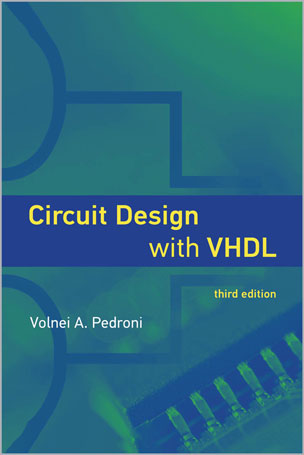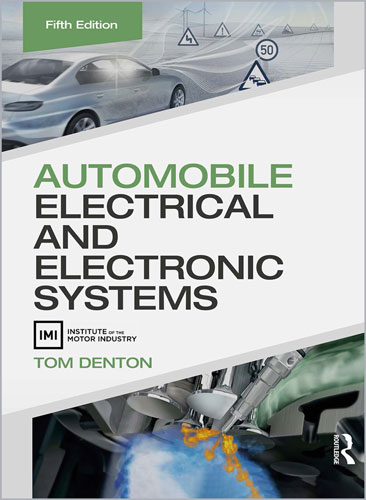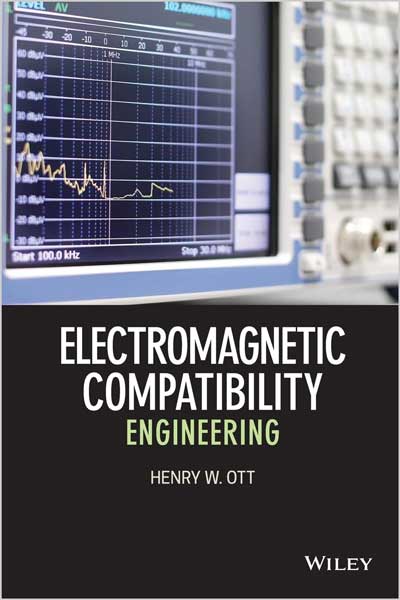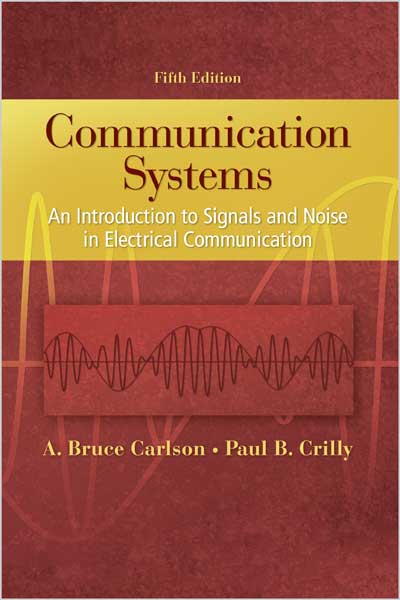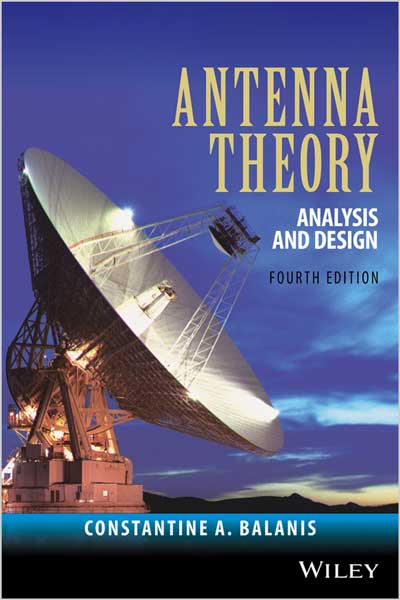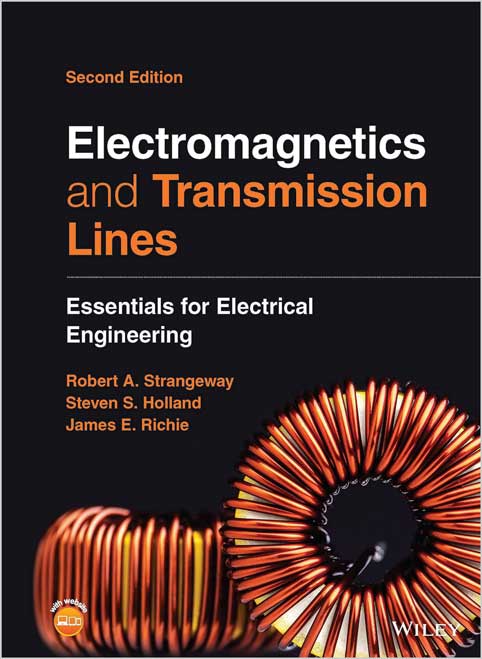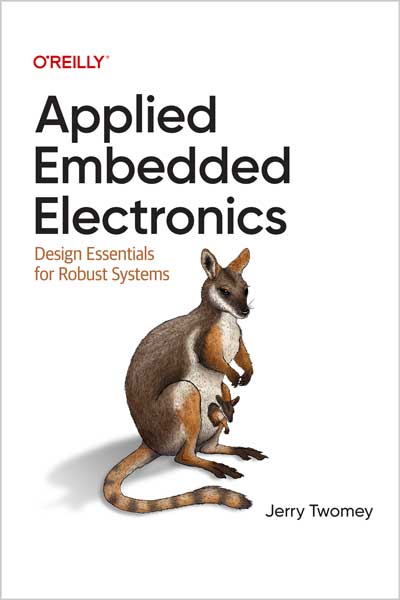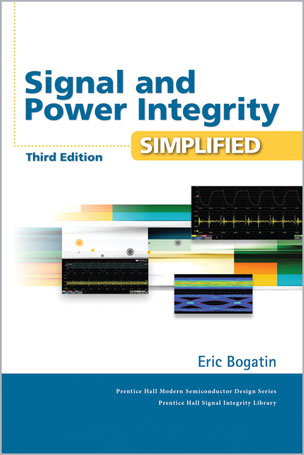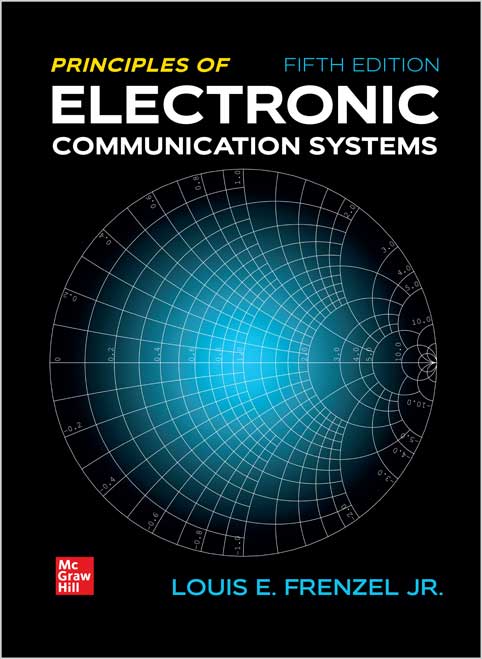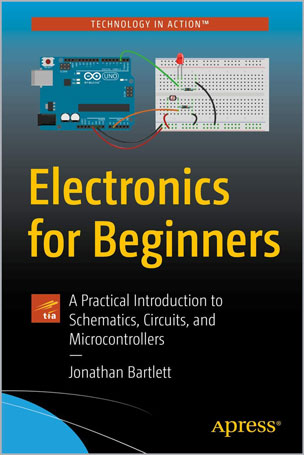Vol. II: Mainly Electromagnetism and Matter
Richard P. Feynman, Robert B. Leighton, Matthew Sands
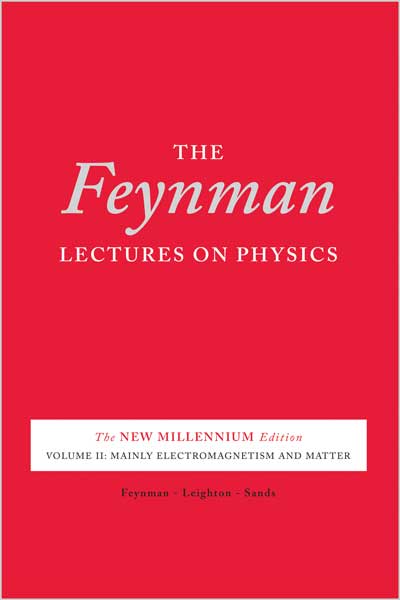
#Feynman
#Physics
#Radiation
#Electromagnetism
#Quantum_Mechanics
مقدمهای افسانهای به فیزیک از بزرگترین معلم این رشته
ریچارد فاینمن در اواخر دوران حرفهای خود با نگاه به گذشته گفت: "تمام این کار در اصل یک آزمایش بود." این آزمایش به طرز شگفتانگیزی موفقیتآمیز بود و منجر به انتشار کتابی شد که دههها بهعنوان یک مقدمه قطعی به فیزیک باقی مانده است. از اصول پایهای فیزیک نیوتنی گرفته تا نظریههای پیچیدهای مانند نسبیت عام و مکانیک کوانتومی، سخنرانیهای فاینمن بهعنوان یک بنای روشنگری و بینش عمیق شناخته میشود. اکنون، برای اولین بار و با همکاری دانشگاه کالتک، این کتابها با تصحیحات کامل به چاپ میرسند. این سخنرانیها که همچنان بیزمان و قابل جمعآوری هستند، مطالعهای ضروری نه تنها برای دانشآموزان فیزیک بلکه برای هر کسی که به دنبال مقدمهای بر این رشته از دیدگاه بیهمتای فاینمن است.
فهرست مطالب جلد دوم:
1. الکترومغناطیس
2. حساب دیفرانسیل میدانهای برداری
3. حساب انتگرال برداری
4. الکترواستاتیک
5. کاربرد قانون گاوس
6. میدان الکتریکی در شرایط مختلف
7. میدان الکتریکی در شرایط مختلف (ادامه)
8. انرژی الکترواستاتیک
9. برق در جو
10. دیالکتریکها
11. داخل دیالکتریکها
12. آنالوگهای الکترواستاتیک
13. مگنتواستاتیک
14. میدان مغناطیسی در شرایط مختلف
15. پتانسیل برداری
16. جریانهای القایی
17. قوانین القا
18. معادلات مکسول
19. اصل کمترین عمل
20. راهحلهای معادلات مکسول در فضای آزاد
21. راهحلهای معادلات مکسول با جریانها و بارها
22. مدارهای AC
23. رزوناتورهای حفرهای
24. موجبرها
25. الکترودینامیک در نمادگذاری نسبیتی
26. تبدیلهای لورنتز میدانها
27. انرژی میدان و تکانه میدان
28. جرم الکترومغناطیسی
29. حرکت بارها در میدانهای الکتریکی و مغناطیسی
30. هندسه داخلی کریستالها
31. تانسورها
32. شاخص شکست مواد متراکم
33. بازتاب از سطوح
34. مغناطیس ماده
35. پارامغناطیس و رزونانس مغناطیسی
36. فرومغناطیس
37. مواد مغناطیسی
38. الاستیسیته
39. مواد الاستیک
40. جریان آب خشک
41. جریان آب مرطوب
42. فضای خمیده
درباره نویسندگان
ریچارد پی. فاینمن (Richard P. Feynman)
(1918-1988) یکی از برجستهترین فیزیکدانان قرن بیستم بود که بهخاطر دستاوردهایش در زمینه فیزیک کوانتومی و نظریه میدان کوانتومی شناخته میشود. فاینمن استاد فیزیک نظری در دانشگاه کالیفرنیای تکنولوژی بود و در سال 1965 جایزه نوبل فیزیک را برای پژوهشهایش در این زمینه دریافت کرد. او نه تنها بهعنوان یک فیزیکدان معتبر، بلکه بهعنوان یک معلم استثنایی و یک شخصیت محبوب در دنیای عمومی شناخته میشود. سخنرانیهای وی در مورد فیزیک همچنان بهعنوان یک منبع الهامبخش برای علاقهمندان به علم باقی مانده است.
رابرت بی. لایتن (Robert B. Leighton)
فیزیکدان و استاد دانشگاه کالیفرنیای تکنولوژی بود که در زمینه فیزیک تجربی و تدریس علمی فعالیتهای برجستهای داشت. لایتن یکی از همکاران نزدیک فاینمن در تدریس و پژوهش بود و نقش مهمی در تولید منابع آموزشی فیزیک، بهویژه در سطح ابتدایی و مقدماتی، ایفا کرد. او بهعنوان یک معلم و نویسنده، به انتقال مفاهیم پیچیده علمی به زبان ساده و قابل فهم برای دانشجویان شناخته شده است.
متیو سندز (Matthew Sands)
فیزیکدان و نویسندهای است که در زمینه فیزیک نظری و آموزش علمی فعالیت کرده است. او بهعنوان یکی از همکاران فاینمن و لایتن در پروژههای تدریس و نگارش آثار علمی مشارکت داشته و کتابهای متعددی در زمینه فیزیک تألیف کرده است. سندز بهویژه در نگارش و توسعه منابع آموزشی فیزیک برای مبتدیان و علاقهمندان به علم شناخته میشود و در این راستا تاثیر زیادی بر رشد آموزش فیزیک گذاشته است.
The legendary introduction to physics from the subject's greatest teacher
"The whole thing was basically an experiment," Richard Feynman said late in his career, looking back on the origins of his lectures. The experiment turned out to be hugely successful, spawning a book that has remained a definitive introduction to physics for decades. Ranging from the most basic principles of Newtonian physics through such formidable theories as general relativity and quantum mechanics, Feynman's lectures stand as a monument of clear exposition and deep insight. Now, we are reintroducing the printed books to the trade, fully corrected, for the first time ever, and in collaboration with Caltech. Timeless and collectible, the lectures are essential reading, not just for students of physics but for anyone seeking an introduction to the field from the inimitable Feynman.
Table of Contents (VOL II)
1. Electromagnetism
2. Differential Calculus of Vector Fields
3. Vector Integral Calculus
4. Electrostatics
5. Application of Gauss' Law
6. The Electric Field in Various Circumstances
7. The Electric Field in Various Circumstances (Continued)
8. Electrostatic Energy
9. Electricity in the Atmosphere
10. Dielectrics
11. Inside Dielectrics
12. Electrostatic Analogs
13. Magnetostatics
14. The Magnetic Field in Various Situations
15. The Vector Potential
16. Induced Currents
17. The Laws of Induction
18. The Maxwell Equations
19. The Principle of Least Action
20. Solutions of Maxwell's Equations in Free Space
21. Solutions of Maxwell's Equations with Currents and Charges
22. AC Circuits
23. Cavity Resonators
24. Waveguides
25. Electrodynamics in Relativistic Notation
26. Lorentz Transformations of the Fields
27. Field Energy and Field Momentum
28. Electromagnetic Mass
29. The Motion of Charges in Electric and Magnetic Fields
30. The Internal Geometry of Crystals
31. Tensors
32. Refractive Index of Dense Materials
33. Reflection from Surfaces
34. The Magnetism of Matter
35. Paramagnetism and Magnetic Resonance
36. Ferromagnetism
37. Magnetic Materials
38. Elasticity
39. Elastic Materials
40. The Flow of Dry Water
41. The Flow of Wet Water
42. Curved Space
About the Authors
Richard P. Feynman (1918-1988) was one of the most prominent physicists of the 20th century, renowned for his contributions to quantum physics and the development of quantum field theory. Feynman was the Richard Chace Tolman Professor of Theoretical Physics at the California Institute of Technology, and in 1965, he was awarded the Nobel Prize in Physics for his work in this field. Not only was he a distinguished physicist, but he was also a beloved teacher and a public figure. His lectures and writings continue to inspire and educate generations of science enthusiasts.
Robert B. Leighton was a physicist and professor at the California Institute of Technology, known for his work in experimental physics and teaching. He was a close collaborator of Feynman and played an essential role in creating educational materials for physics, particularly at the introductory level. Leighton was renowned for his ability to explain complex scientific concepts in a clear and accessible way, making him an influential figure in science education.
Matthew Sands was a physicist and writer who contributed significantly to theoretical physics and science education. He collaborated with Feynman and Leighton on teaching projects and was involved in writing various educational materials. Sands is known for his work in developing physics resources aimed at beginners and science enthusiasts, leaving a lasting impact on the growth of physics education.
